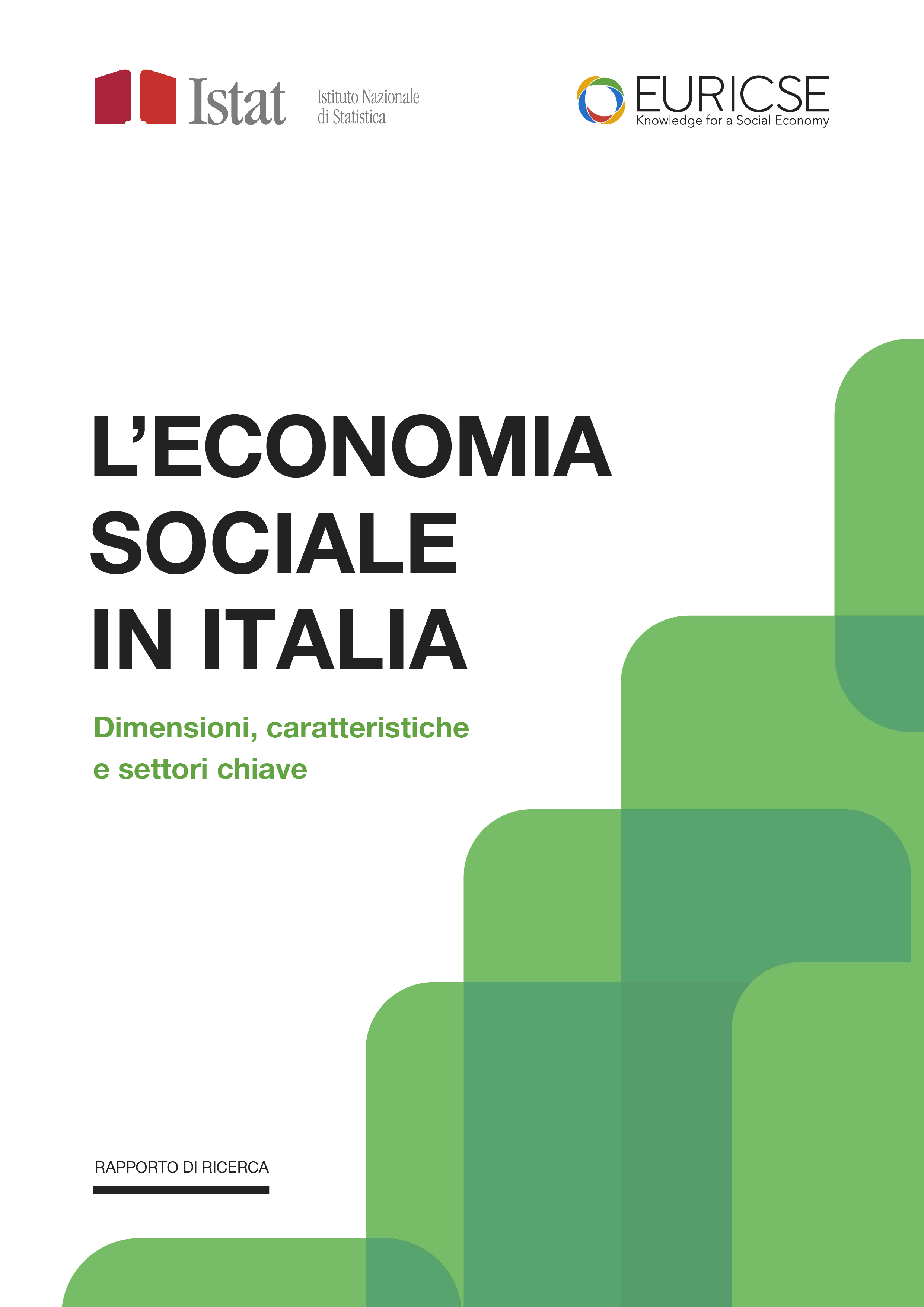The social economy in Italy. Size, characteristics and key sectors
The study “The Social Economy in Italy. Dimensions, characteristics and key sectors,” edited by Carlo Borzaga, Manlio Calzaroni, Eddi Fontanari, and Massimo Lori and to which the following collaborators contributed.
Chiara Carini, Mauro Caramaschi, Carla Troccoli and Anna Berton, is the first to photograph in its entirety the entire sector formed by associations, cooperatives, mutuals, foundations and the other nonprofit institutions such as social enterprises. In addition to an overview of the structure and weight of the social economy, the survey focuses on the profile of workers and employment data. The last part of the report is devoted to sectoral focuses on health and social care, education and training, culture, sports and recreation.
The collaboration between Istat and Euricse was created to recompose the statistical fragmentation of data on social economy organizations. A first report was published in 2019 that covered only the cooperative enterprise component. The representation of a unified picture is a precondition for accurately capturing the economic and social role and, consequently, the ways in which the social economy is supported and controlled.

